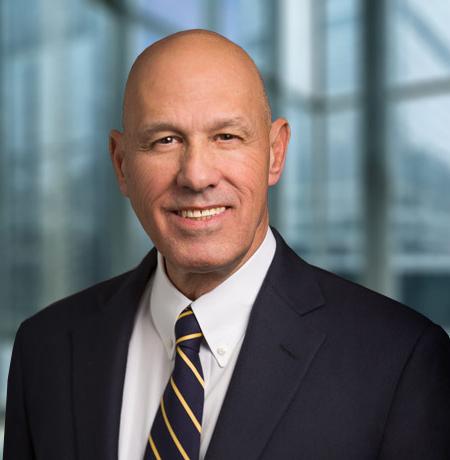
Any way you look at it, America’s four-year private colleges and universities are in a very tough financial and strategic position.
For the 2020-2021 academic year, the average institutional tuition discount rate for first-time, full-time, first-year students at four-year private colleges and universities reached almost 54% and climbed to more than 48% for all undergraduates. Both figures were historic highs.
Just as operating revenues began to recover with a return of students to campus in 2021, inflationary pressures threatened to erase those gains. With limited ability to raise tuition in a cost-conscious environment, these pressures will result in EBIDA margins in excess of 10% for only one-third of public institutions and one-half of private institutions in fiscal 2022, according to Moody’s Investors Service’s Higher Education Outlook.
From Fall 2019 to Fall 2021, college enrollment fell 5.1%, which equates to 938,000 fewer students.
Fewer students for traditional, four-year residential programs will require new strategies to reach non-traditional student populations. While a few elite colleges will be able to maintain a strategy based on exclusivity (Harvard’s acceptance rate for the Class of 2026 was a record low 3.19%), new strategies based on online or hybrid educational models, increased access, and scale will be needed to fuel growth. A leader in this field, Arizona State University, had a 2021 admission rate of 88.2% and has doubled enrollment in the past 12 years to 136,000 students, with 43% enrolling online.
These trends will be most challenging for small and mid-sized liberal arts colleges and universities that are not highly selective or do not have the resources available to fund a major transformation in educational strategy. This includes a lot of institutions—by one recent estimate, one-third of private four-year colleges are at risk financially, meaning they would be able to survive financially no more than six years if current trends continue.
Informed Assessment
Institutions owe it to their students—as well as their faculty, staff, alumni, and board members—to understand where the institution currently is financially and what realistic options are available for it to remain true to its mission and financially viable.
This process requires looking at strategic and financial issues in an integrated fashion. If an institution cannot ensure that the necessary financial resources are in place—or can be obtained—to support strategy, a strategic plan has little value. In contrast, if an institution starts with a framework of financial planning, leadership can determine which strategic options the institution can afford to pursue.
For institutions facing an uncertain financial future, scenario modeling can help establish a range of potentially available resources. For tuition-dependent institutions—those most susceptible to the pressures on higher education—those scenarios should include worst case, best case, and neutral scenarios for tuition-based operating revenue. For example, where would the organization be in five years if enrollment declines, stays at current levels, or increases? How would tuition discounts affect those scenarios?
Endowments, innovative use of facilities, and philanthropic support should be factored into the financial plan, as should the institution’s debt capacity (and projections of the cost of servicing any new debt).
With an understanding of the financial resources available, leadership can determine whether any of the scenarios result in a potentially sustainable financial path forward for the institution. With the engagement of appropriate stakeholders, including faculty, it then must determine what strategies are required to achieve the scenario’s enrollment outcomes and whether adequate resources are available to fund those strategies.
Facing the facts
If leadership can identify a sustainable path forward, its next responsibility is to develop a transparent and disciplined plan for keeping the institution on that path. This will include a clear understanding institution-wide of the operating assumptions underlying the plan, communication of specific success metrics, and schedules that are widely understood and meticulously followed.
In some instances, however, not even a best-case scenario will be enough to secure an institution’s long-term viability. If this is the case, leadership’s responsibility is to, first, ensure that students currently enrolled at the institution can complete their degrees, and second, to explore options that best align with the interests of faculty, alumni, and other stakeholders. Before this process begins, the institution’s administrators and board must agree on which options would be acceptable and which would not. If the institution is religiously affiliated, for example, would leadership be willing to partner with a non-faith-based private institution or with a public institution?
Closure is the most extreme option for a college or university that cannot remain viable, but it is far from the only choice. Over the past two years, we have seen examples of schools merging to form a new institution, specialized schools forming a new college or department within an acquiring university, and an East Coast university establishing a West Coast presence through a merger.
The key is to face the facts and act accordingly. Understanding an institution’s financial trajectory may not be enough to ensure its long-term independence, but it does give the gift of time to allow for an orderly transition that protects the interests of students and other institutional stakeholders, and to pursue options that can keep the institution’s legacy alive.







